The e‑commerce landscape in 2025 is more dynamic, competitive, and data‑driven than ever before. With online stores sprouting up daily and consumer expectations evolving at lightning speed, securing a top spot in organic search results has become a make‑or‑break factor for sustainable growth.
Simply having a live website is no longer enough; businesses must invest in strategic, ongoing SEO efforts that evolve alongside search engine algorithms and buyer behavior.
Selecting the right eCommerce SEO packages can feel overwhelming, there’s an ocean of providers, each touting different deliverables, price points, and promised outcomes. But making an educated decision is critical, the wrong plan can drain your budget without delivering measurable impact, while the right monthly SEO package becomes an engine for traffic, conversions, and long‑term brand authority.
In this guide, we’ll demystify what to look for in an affordable SEO package tailored to e‑commerce, highlight the trends shaping search optimization in 2025, and help you match your business stage with the package that delivers maximum return.
Role of SEO in eCommerce
Search Engine Optimization (SEO) plays a central role in the growth and sustainability of e-commerce businesses. In an industry where over 44% of shoppers start their product search on Google, visibility in organic search directly determines traffic volume, brand reach, and ultimately, sales.
Paid ads can provide quick wins, but they require continuous spending. SEO, when done strategically, builds a long-term stream of targeted, high-intent visitors without recurring ad costs.
1. Driving Qualified Traffic at Scale
E-commerce SEO ensures that your products and categories rank for keywords matching search intent, whether transactional (“buy noise-cancelling headphones”) or informational (“best headphones for travel”).
Organic search now accounts for nearly 38% of all e-commerce traffic (Statista, 2024), meaning the majority of purchase journeys begin with a search engine click. Ranking well for high-intent keywords means attracting shoppers who are ready to buy, not just casual browsers.
2. Lowering Customer Acquisition Costs (CAC)
Unlike paid channels where acquisition costs rise as competition intensifies, SEO reduces CAC over time. Once your pages are optimized and ranking, the cost per organic visitor becomes significantly lower than PPC.
In fact, businesses that consistently invest in SEO often experience up to 87% lower cost per lead compared to paid search after a year (HubSpot, 2023).
3. Capturing Long-Tail Demand
E-commerce catalogs often contain hundreds or thousands of niche products that may not be profitable to promote through paid ads due to low search volume or ROI concerns. SEO allows these items to be discovered by customers searching with long-tail keywords.
For example, a store selling “men’s leather laptop backpacks under $100” can capture highly specific buyers through optimized product pages and schema markup. This audience may be overlooked in paid campaigns.
4. Enhancing Brand Trust and Credibility
Organic rankings naturally signal authority and reliability to shoppers. Since three out of four users never scroll past the first page of search results (Backlinko, 2024), appearing in those top positions not only drives more traffic but also builds trust.
If you are not visible on page one, competitors get the credibility boost that should be yours.
5. Supporting the Entire Buyer Journey
SEO does not just target buyers at the checkout stage. By creating informational content such as buying guides, comparisons, and FAQs alongside product pages, you engage customers earlier in the funnel and guide them toward purchase.
In fact, over 80% of retail shoppers research online before buying (GE Capital Retail Bank study), meaning content plays a key role in influencing decisions well before a cart is filled.
6. Strengthening Omnichannel Performance
Even when a purchase happens offline or through a marketplace like Amazon, the discovery often begins with a Google search. A fully optimized e-commerce site drives awareness and engagement across all sales channels, making SEO an indirect but powerful driver of cross-channel revenue.
Also read: The Ultimate Technical SEO Audit for E-commerce Sites in 2025
Why E-commerce Sites Need Dedicated SEO Support
E-commerce websites operate in a high-stakes, constantly changing environment where visibility in organic search directly impacts revenue. Unlike smaller brochure sites, they face a unique combination of technical, content, and strategic challenges that generalist agencies or one-off “quick fix” audits often overlook. Addressing these issues requires specialized expertise and an ongoing, methodical approach.
Massive, Dynamic Inventories
The challenge: E-commerce stores often manage hundreds, thousands, or even millions of product URLs. Every time an item is added, updated, or removed, it affects the site’s crawlability and indexing. Large catalogs increase crawl depth, meaning important pages may be buried several clicks away from the homepage, making them less likely to be discovered and indexed efficiently.
Risks:
- Thin content: product pages with minimal descriptions.
- Crawl budget wastage: bots spending time on low-priority or out-of-stock items.
- Orphaned pages: products not linked from any category page.
SEO solution: A specialized e-commerce SEO strategy uses XML sitemaps, dynamic internal linking, and crawl budget management through robots.txt, noindex, and canonicalization. Regular audits ensure new products are optimized and old ones are properly redirected or removed to avoid index bloat.
Duplicate Content & Pagination
The challenge: Product variations (size, color, material) and sorting or filtering options can generate multiple URLs with near-identical content. For example, /shoes?color=red and /shoes?color=blue may show similar descriptions, causing Google to treat them as duplicates.
Risks:
- Diluted ranking signals across multiple versions of the same page.
- Wasted crawl budget on parameterized URLs.
SEO solution: Implementation of rel=canonical tags, parameter handling in Google Search Console, and well-structured faceted navigation. Advanced setups use JavaScript rendering best practices and server-side rules to ensure unique, indexable pages while excluding redundant variants.
Page Speed & Mobile UX
The challenge: Slow-loading category or product pages, often due to large image files, bloated scripts, or unoptimized third-party integrations, can reduce rankings and conversions. Since 60 to 70 percent of e-commerce traffic often comes from mobile, Core Web Vitals performance is critical.
Risks:
- Higher bounce rates and cart abandonment.
- Ranking loss due to poor Largest Contentful Paint (LCP), First Input Delay (FID), and Cumulative Layout Shift (CLS) metrics.
SEO solution: Continuous performance monitoring with tools like Lighthouse, WebPageTest, and real user monitoring (RUM). Optimization steps include image compression, lazy loading, code splitting, CDN usage, and minimizing render-blocking resources.
Complex Site Architecture
The challenge: E-commerce sites often have deep category hierarchies, subcategories, and faceted filters that can confuse search bots if not structured properly.
Risks:
- Important categories buried too deep, reducing link equity flow.
- Search engines failing to understand category relationships.
SEO solution: A specialist ensures breadcrumb navigation, flat architecture (key categories within three clicks from homepage), and intelligent internal linking. XML sitemaps are segmented by content type (products, categories, blog) for better crawl efficiency.
Transactional vs. Informational Content Balance
The challenge: Many e-commerce brands focus almost exclusively on product pages, neglecting informational assets such as buying guides, how-to articles, and comparison content.
Risks:
- Missed opportunities to capture searchers earlier in the buying funnel.
- Reduced chances of earning backlinks from industry publications.
SEO solution: Content calendars that blend transactional keywords (e.g., “buy running shoes online”) with informational queries (e.g., “best running shoes for beginners”), ensuring a full-funnel approach. This creates trust, builds authority, and drives referral traffic from content-driven backlinks.
Also read: The Ultimate Guide to Link Building for Ecommerce Businesses
Core Features to Look for in E‑commerce SEO Packages
When evaluating professional SEO bundles for online stores, ensure each plan includes these critical components:
Technical SEO Audit & Fixes
- Site Crawl & Indexation Analysis, Identifies orphaned pages, redirect chains, and crawl budget waste.
- Schema Implementation, Adds product, review, and breadcrumb structured data to enhance rich result eligibility.
- Robots.txt & Sitemap Optimization, Ensures search engines can efficiently crawl mission‑critical pages.
Site Speed Optimization & Mobile Usability
- Image Compression & Lazy Loading, Reduces initial payload without sacrificing visual appeal.
- Minification of CSS/JS & Critical Render Path Optimization, Speeds up above‑the‑fold display.
- Responsive Design Testing, Validates that buttons, forms, and navigation work flawlessly on any device.
Product Page Optimization
- Unique, Persuasive Copywriting, Custom product descriptions that avoid manufacturer text and address buyer intent.
- Optimized Title Tags & Meta Descriptions, Crafted to boost click‑through rates in search results.
- Internal Linking Strategy, Guides users (and crawlers) to related items and high‑value category pages.
Structured Data for Products
- Product Schema, Price, availability, and review ratings for rich snippets.
- Offer & AggregateRating Markup, Highlights discounts and social proof directly in SERPs.
Category & Faceted Navigation SEO
- Canonical Tag Strategy, Prevents indexation of redundant filter pages.
- URL Parameter Handling, Ensures clean, crawlable URLs for every shopper’s search path.
- Breadcrumb Navigation, Improves both usability and breadcrumb schema benefits.
Content Strategy for Blog/Guides
- Keyword‑Driven Topic Research, Targets informational queries that precede purchase decisions.
- Cornerstone Content Development, Creates pillar pages that link to supporting posts, boosting topical authority.
- Editorial Calendar & Outreach, Ensures consistent publishing and promotion for link growth.
Backlink Strategy for Authority Building
- Digital PR & Industry Partnerships, Earns high‑quality links from reputable news outlets, blogs, and influencers.
- Guest Posting & Resource Link Building, Positions your brand as an expert resource in your niche.
- Competitor Backlink Gap Analysis, Finds untapped linking opportunities to narrow the authority gap.
Conversion Rate Optimization (CRO) Elements
- A/B Testing & Heatmap Analysis, Identifies UX friction points on key pages.
- On‑Page Calls to Action (CTAs), Strategically placed to guide users through the funnel.
- Micro‑Conversion Tracking, Measures newsletter sign‑ups, add‑to‑cart clicks, and other early‑funnel behaviors.
Each of these features forms a building block in a robust e‑commerce SEO plan. When shopping for SEO bundles, verify that deliverables aren’t generic but tailored to your platform (Shopify, WooCommerce, Magento, etc.) and business goals.
Also read: What Is Google MUVERA and How Does It Affect Your Website’s Ranking?
How to Evaluate E-commerce SEO Services in 2025
When vetting providers, use this expanded checklist to separate the capable vendors from the ones that overpromise. For each area below you will find what to expect, specific questions to ask, red flags to watch for, and measurable outcomes to request in the proposal.
1. Transparency with Deliverables
What to expect: A clear month-by-month plan that lists tasks, owners, success metrics, and reporting cadence. Deliverables should be specific (for example, “50 product pages optimized,” “technical audit with prioritized fixes,” “monthly backlink outreach: 10 accepted links”), not vague statements like “ongoing optimization.”
Questions to ask:
- Can you show a sample monthly delivery plan and related timelines?
- Which tasks are included in the base fee and which incur extras?
Red flags: Vague promises, missing timelines, or refusal to sign SLAs.
KPIs to request: organic visits, conversions from organic traffic, crawl errors fixed, number of indexed pages, and improvements to key page rankings.
2. Platform Expertise
What to expect: Demonstrated experience and case studies for your platform (Shopify, WooCommerce, Magento, BigCommerce, or custom builds). The provider should know platform limits, canonicalization quirks, sitemap generation, app/plugin impacts, and how to implement redirects and structured data on that platform.
Questions to ask:
- Do you have direct examples or case studies on sites using our stack?
- How will you handle platform-specific issues like pagination, canonical tags, or variant pages?
Red flags: Generic answers that treat all platforms the same or no examples of prior work on your CMS.
Deliverable examples: platform-specific audit, migration checklist, plugin recommendations, and implementation playbook.
3. Reporting & Accountability
What to expect: Regular dashboards and board-level summaries plus tactical reports. Monthly reporting should show progress against KPIs, tasks completed, tests run, and next steps. Quarterly reviews should include strategic adjustments and ROI analysis.
Questions to ask:
- What metrics are included in your standard dashboard?
- How frequently will strategy be re-evaluated?
Red flags: No access to raw data, no shared dashboards, or reports without actionable insights.
Tools commonly used: Google Analytics 4, Google Search Console, data studio, Ahrefs, SEMrush, Screaming Frog.
4. White-Hat Link Building
What to expect: Outreach that targets relevant editorial sites, resource pages, and earned placements. The process should be documented, and link quality must be verifiable. Paid links, link farms, or PBNs must be avoided.
Questions to ask:
- Can you describe your outreach process and show sample pitches and placements?
- Do you build links, or do you only recommend opportunities?
Red flags: Promises of huge volume of links quickly, vague link sources, or refusal to show examples.
Quality checks: Domain relevance, organic traffic to linking domains, placement context, and anchor text diversity.
5. Technical Depth
What to expect: Ongoing technical SEO: crawl log analysis, Core Web Vitals monitoring, structured data, canonicalization checks, redirect hygiene, and server response monitoring. For large e-commerce sites, proactive automation and prioritized issue queues are essential.
Questions to ask:
- How are crawl logs analyzed and how often?
- What is your process for prioritizing technical fixes with engineering teams?
Red flags: Reliance on surface audits only, no log analysis, or no plan to test fixes in staging.
Deliverables: prioritized technical backlog, staged test results, and before/after performance metrics.
6. Content Quality
What to expect: Writers with e-commerce experience who can produce conversion-oriented product descriptions, category pages, and long-form guides that are both user-focused and optimized for intent and related keywords. Content must meet readability, schema, and internal linking standards.
Questions to ask:
- Can you provide writing samples or case studies that led to ranking and conversion gains?
- How is topical coverage and keyword intent audited and planned?
Red flags: Low-quality, templated content or content farms with no subject matter expertise.
KPIs: time on page, bounce rate improvements, organic conversions, and rankings for transactional keywords.
7. CRO Integration
What to expect: A testing plan that links SEO traffic gains to conversion metrics. This includes A/B tests, UX audits, funnel analysis, and measurement of revenue per visit. SEO changes should be validated for business outcomes, not just traffic.
Questions to ask:
- Do you run A/B tests and how do you measure SEO-driven revenue lift?
- Will you coordinate with product/UX teams for experiments?
Red flags: No testing plan or inability to measure revenue impact.
Deliverables: experiment calendar, test results, and changes rolled into templates after validation.
Final tips for comparison
- Ask for a scoped trial or a 60- to 90-day pilot with clear success criteria.
- Require access to data rather than screenshots.
- Ensure contract clauses cover deliverable rollback, reporting access, and intellectual property for content created.
Also read: Google E-E-A-T Content Quality Checklist For Higher Rankings
Frequently Asked Questions (FAQs)
1. What makes an SEO package ideal for e-commerce websites in 2025?
An ideal e-commerce SEO package in 2025 should include technical SEO fixes, product and category page optimization, structured data implementation, mobile performance improvements, content strategy, and white-hat link building. It must also be tailored to your specific platform (Shopify, WooCommerce, Magento, etc.) and catalog size for maximum ROI.
2. How long does it take to see results from e-commerce SEO?
Most online stores start noticing ranking and traffic improvements within 3–6 months, but significant revenue growth typically takes 6–12 months. The exact timeline depends on your site’s current health, competition, and how quickly SEO recommendations are implemented.
3. How much should I budget for an e-commerce SEO package?
Small e-commerce stores can expect to invest $800–$2,500 per month, mid-sized businesses around $2,500–$8,000 per month, and enterprise-level stores starting at $8,000+. Pricing depends on catalog size, competition level, and the scope of services.
4. Is a one-time SEO audit enough for e-commerce websites?
No. While an audit identifies current issues, SEO for e-commerce requires ongoing work to address product updates, seasonal changes, and search engine algorithm updates. Continuous optimization ensures rankings are maintained and improved over time.
5. Can SEO be combined with paid ads for better results?
Yes. Integrating SEO with PPC campaigns improves overall visibility and brand consistency. SEO builds long-term organic traffic, while paid ads capture immediate demand. Many businesses see the best results by aligning landing pages, messaging, and keyword targeting across both channels.
6. How do I choose the right e-commerce SEO service provider?
Look for providers with proven experience in your platform, transparent deliverables, clear reporting, and case studies showing measurable results. Avoid agencies that promise instant rankings or use black-hat link building, as these can harm your site’s long-term visibility.
Also read: How to Choose the Right SEO Package for Your Business Goals
Conclusion
Choosing the right Monthly SEO Package is a pivotal decision for any e‑commerce store in 2025. The complexity of modern SEO, ranging from technical site health and mobile‑first indexing to AI‑driven personalization and zero‑click survival, demands consistent, expert attention rather than one‑off tweaks.
By aligning your store’s size, budget, and growth goals with a suitably scoped affordable SEO package, you set the stage for sustainable traffic gains, higher conversion rates, and lasting brand authority.
Remember, no two businesses are identical. The most effective SEO bundles are those that customize deliverables, technical audits, content creation, backlink outreach, and CRO critiques to your platform, product catalog, and audience.
As you vet providers, focus on transparency, white‑hat practices, and clear reporting to ensure predictable outcomes.
With the right custom SEO solutions in place, 2025 becomes not just another year of rising competition, but a year of unrivaled opportunity for your online storefront.



















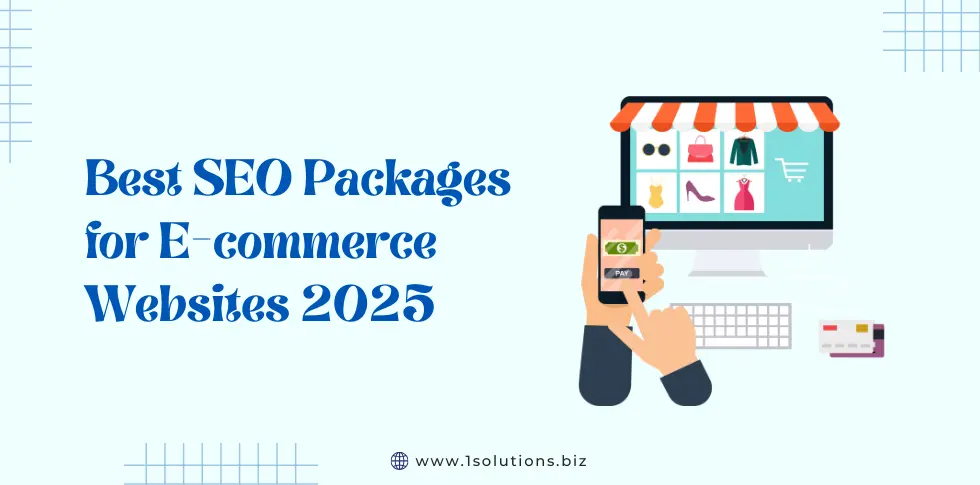
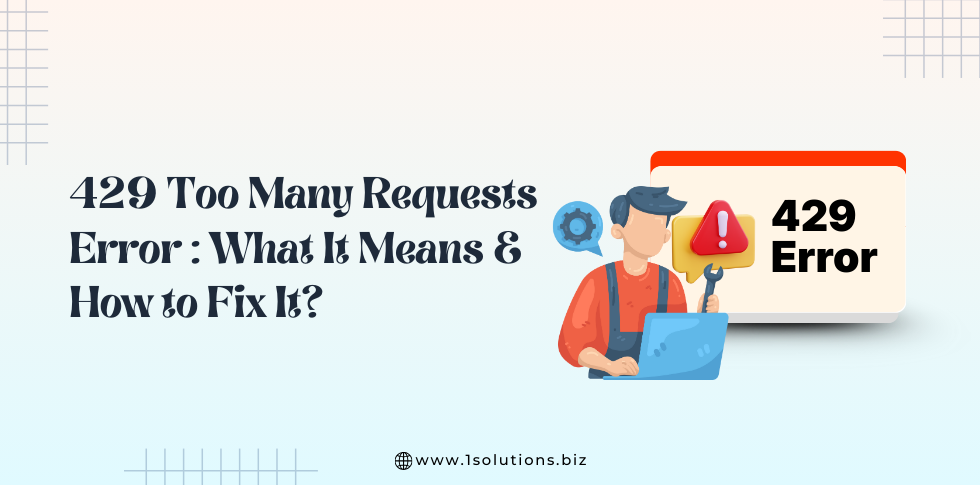
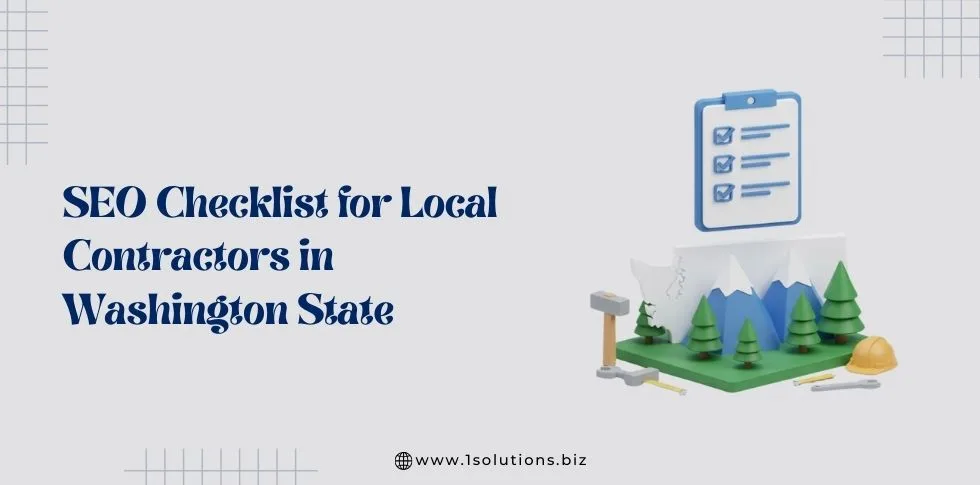
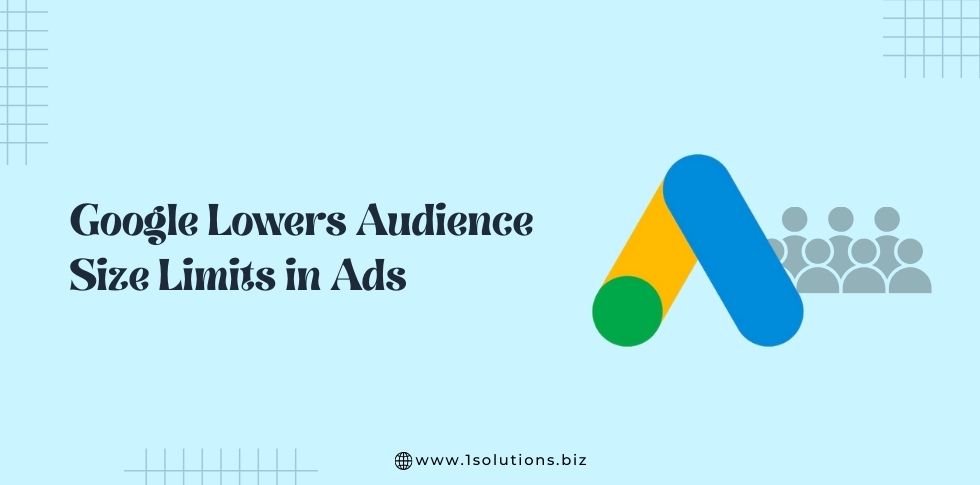

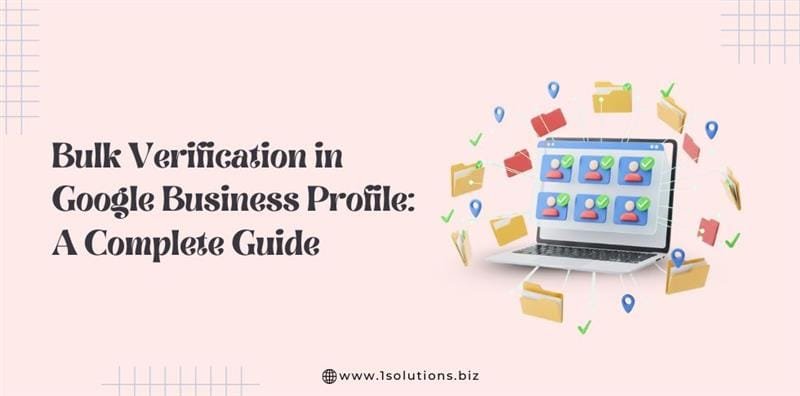
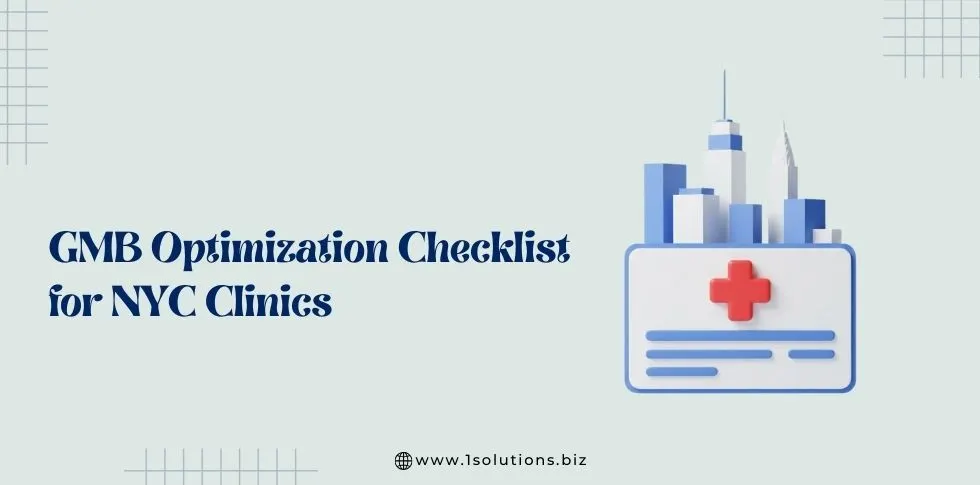
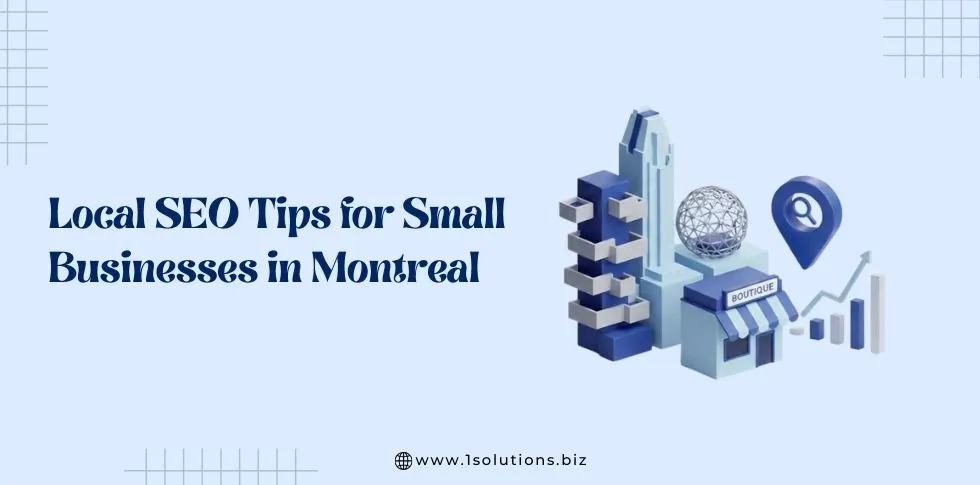
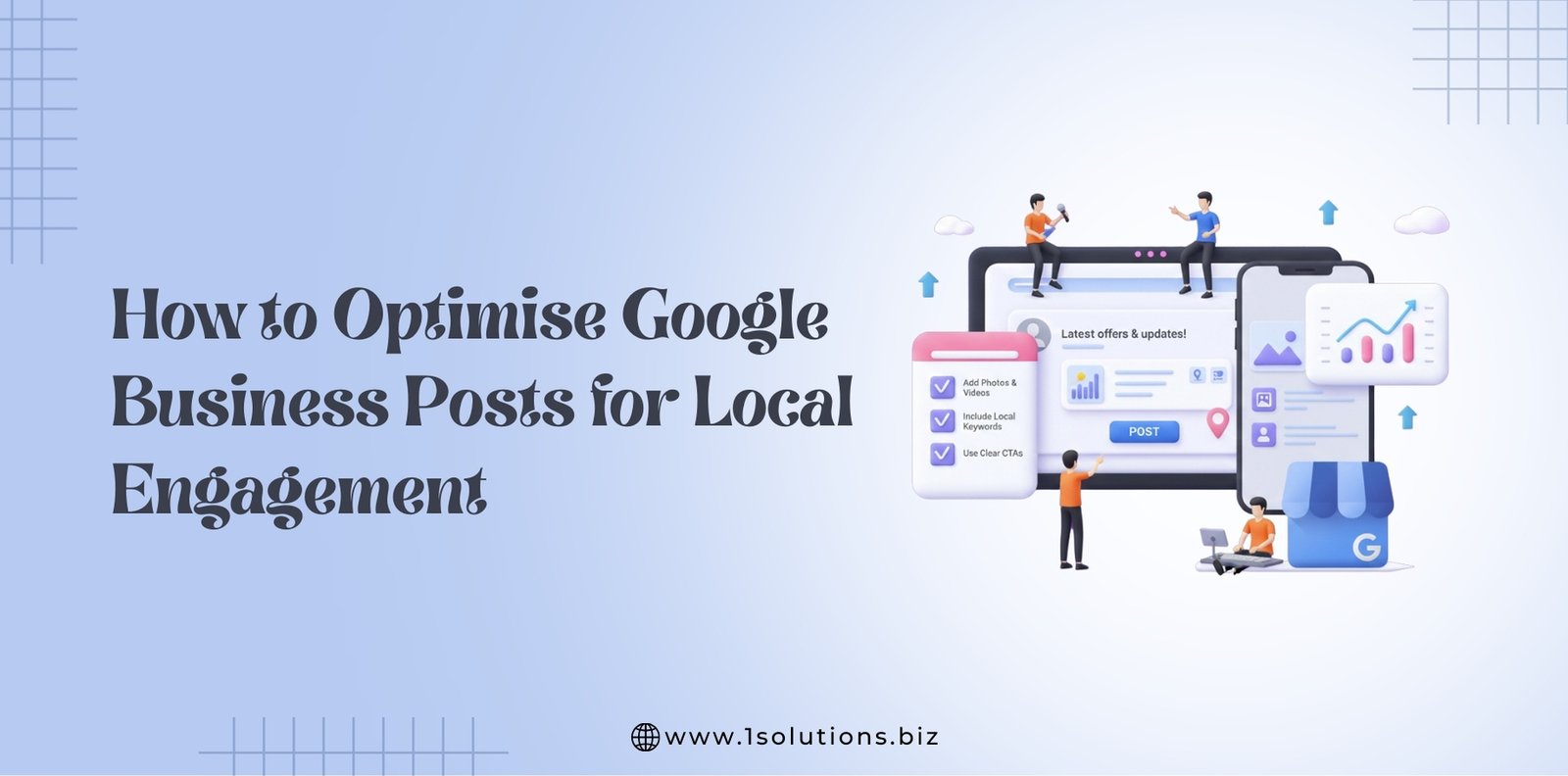




 in India
in India